
Gift Horse: A Lakota Story

Itse Selu: Cherokee Harvest Festival
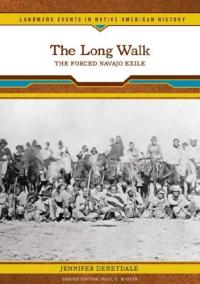
The Long Walk: The Forced Navajo Exile
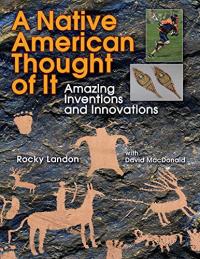
A Native American Thought of It

Do All Indians Live in Tipis?: Questions and Answers from the National Museum of the American Indian

According to Santa Ana Pueblo legend, the animals’ spirit Leader created the sun, moon, and stars by using woven yucca mats and hot coals. He selected certain animals to climb from their homes in the Third World up to the Fourth World, but Coyote was forbidden to accompany them because he was always causing trouble and stealing food from the others. Regardless of what he was told, Coyote refused to stay in the Third World. Coyote’s punishment is a lesson in what happens to animals, or people, when they refuse to obey instructions.
Coyote and the Sky: How the Sun, Moon, and Stars Began

In this tale, Coyote leaves his home on a Potawatomi reservation on the Plains to find work in New York City. Once there, he falls in love with a star and leaves the Earth to dance with her. When he asks to return, she drops him. He lands in Central Park, making a big hole (the Reservoir), and his descendants howl at the night sky to scold her. — School Library Journal (Note: This story, featuring the World Trade Center, was written in 1998.)
Coyote in Love With a Star: Tales of the People

While exploring the land around their village, Sister Girl and Young Wolf stray too far. After narrowly escaping a roaring prairie fire, the siblings find themselves lost and frightened in the dark, open land until the Star People, ‘the spirits of the Old Ones who once walked on the earth,’ offer comfort and guidance home. In clear, captivating language, Nelson, a member of the Standing Rock Sioux tribe, tells a stirring, original story based on Lakota legend. The swirling images of the celestial dance beautifully reflect the story’s celebration and awe of the natural world. — Booklist
The Star People: A Lakota Story

Through a simple story line and easy, concrete language, Lacapa offers an Apache pourquoi folktale he remembers from his youth. The tale explains that the sound of wind echoing through the canyons comes from the flute of a young brave serenading his sweetheart. When the young man goes on his first hunt without telling her, she is sure she’s been forgotten; she becomes ill and dies. Returning home, the boy learns of her death, and continues to play his flute at her grave. — School Library Journal
The Flute Player

Inspired by the idea of being thankful for all that you have, An Awesome Book of Thanks! is a lively, free-form illustrated poem of “thanks.” Kids will delight in the fresh, imaginative illustrations that include a walk through a world of magical unicorns, robotic dinosaurs, and all of life’s simple moments, great and small.
An Awesome Book of Thanks!

An Awesome Book! is a book about the power of dreams. The joyful prose and vibrant illustrations jump from the page. A perfect read aloud, this book can inspire adults and kids to “dream big” together.
An Awesome Book!

Bruchac adapts seven traditional tales from various tribes into plays for children. Each play is introduced with a brief tribal background, a list of characters, suggestions for props and scenery, and recommended costumes. Representing tribes from Bruchac’s own Abenaki to the Cherokee, Tlingit, and Zuni, the plays are mostly pourquoi tales, explaining how mosquitos came into the world or why stars are visible at night.
Pushing up the Sky: Seven Native American Plays for Children

When Chris and Toby Greyeyes find a raven in the garage, they try to trap it and hurt it with hockey sticks. To them, ravens are just a nuisance because they spread garbage all over the street — or so they think, until a mysterious man who smells like pine needles enters their lives and teaches them his story of the raven. Set in the Northwest Territories of Canada, A Man Called Raven draws from the animal legends and folklore of the Dogrib elders. — Midwest Book Review
A Man Called Raven

Tallchief: America’s Prima Ballerina

Sky Dancers

Sequoyah: The Cherokee Man Who Gave His People Writing

Remember Me: Tomah Joseph’s Gift to Franklin Roosevelt
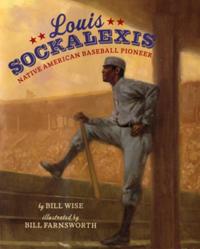
Louis Sockalexis: Native American Baseball Pioneer

For thousands of years, massive herds of buffalo roamed across much of North America, but by the 1870s, fewer than fifteen hundred animals remained. With reverent care, Walking Coyote and his family endeavored to bring back the buffalo herds, one magnificent creature at a time. Here is the inspiring story of the first efforts to save the buffalo, an animal sacred to Native Americans and a powerful symbol of the American West.
Buffalo Song
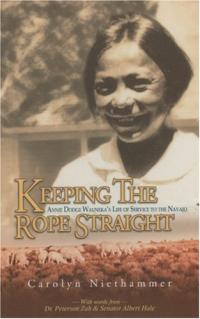
Keeping the Rope Straight: Annie Dodge Wauneka’s Life of Service to the Navajo
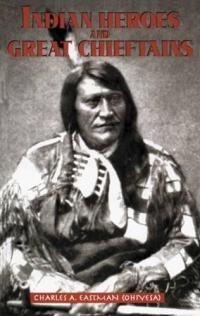
Indian Heroes and Great Chieftains

Product Description: Joseph Bruchac tells the compelling story of how a young boy named Curly seeks a vision in the hope of saving his people — and grows into the brave and fierce warrior Crazy Horse. Sioux artist S. D. Nelson’s paintings, in the traditional ledger style of the Plains Indians, evokes the drama and the tragedy of this important American figure.
Crazy Horse’s Vision

Like most Lakota Sioux boys, Slow yearns for the special vision or manly deed that will inspire his permanent, adult name. Encouraged by splendid stories of his father’s bravery, wisdom and leadership, Slow focuses his energy on becoming a warrior. Friends gradually begin to associate his name with careful deliberation. When the moment of his manhood arrives, Slow rides heroically against Crow warriors, earning the name Tatan’ka Iyota’ke (translated, on the final page, as Sitting Bull). — Publishers Weekly
A Boy Called Slow

A considerable amount of information is packed into this pictorial presentation of the reenactment of the first Thanksgiving, held at Plimoth Plantation museum in October, 2000. Five chapters give background on the Wampanoag people, colonization, Indian diplomacy, the harvest of 1621, and the evolution of the Thanksgiving story. — School Library Journal
